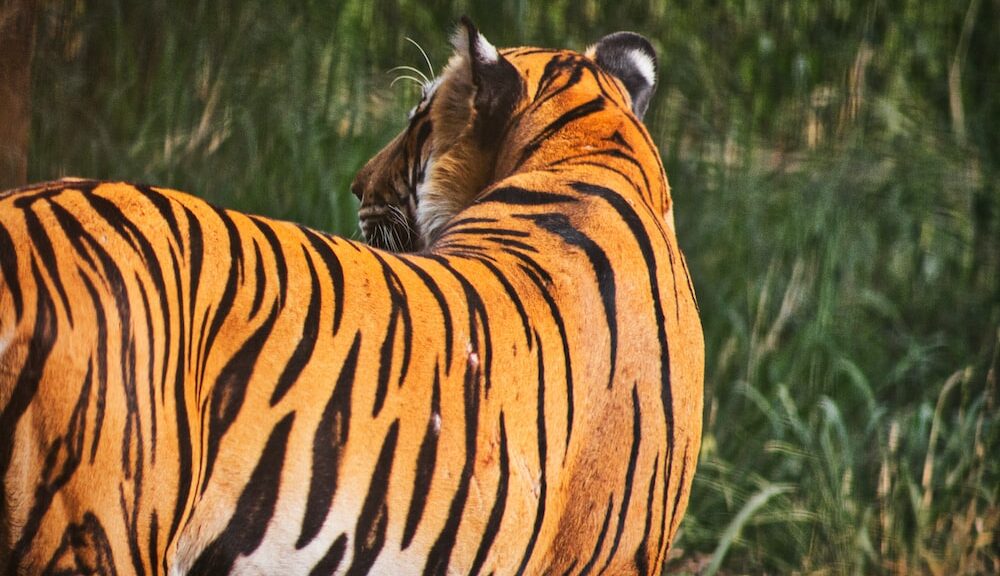The Evolutionary Advantage of Tiger Stripes
Tigers are one of the most iconic big cats, known for their stunning orange coat and distinctive black stripes. But have you ever wondered why tigers have stripes? The answer lies in the evolutionary advantage that these stripes provide.
Tigers are apex predators, meaning they are at the top of the food chain in their natural habitat. Their stripes serve as a form of camouflage, allowing them to blend in with their surroundings and become less visible to prey. This is especially useful in the tall grass and dense forests where they typically hunt.
In addition to camouflage, tiger stripes also play a role in communication and social behavior. Each tiger’s stripes are unique, like a human fingerprint, and can be used to identify individuals. This is especially useful in social interactions, such as mating or territorial disputes.
Furthermore, the stripes on a tiger’s face are thought to enhance their facial expressions, making them more visible to other tigers during social interactions. This can help to establish dominance or communicate aggression, reducing the likelihood of physical confrontations.
Interestingly, not all tigers have the same number or pattern of stripes. Some tigers have more or fewer stripes, and their patterns can vary from individual to individual. This variation is thought to be a result of genetic mutations and environmental factors, such as the amount of sunlight they are exposed to.
In conclusion, the stripes on a tiger serve as an evolutionary advantage, providing camouflage, communication, and social signaling. These adaptations have helped tigers to become one of the most successful apex predators on the planet. So, the next time you see a tiger, take a moment to appreciate the beauty and functionality of their iconic stripes.

